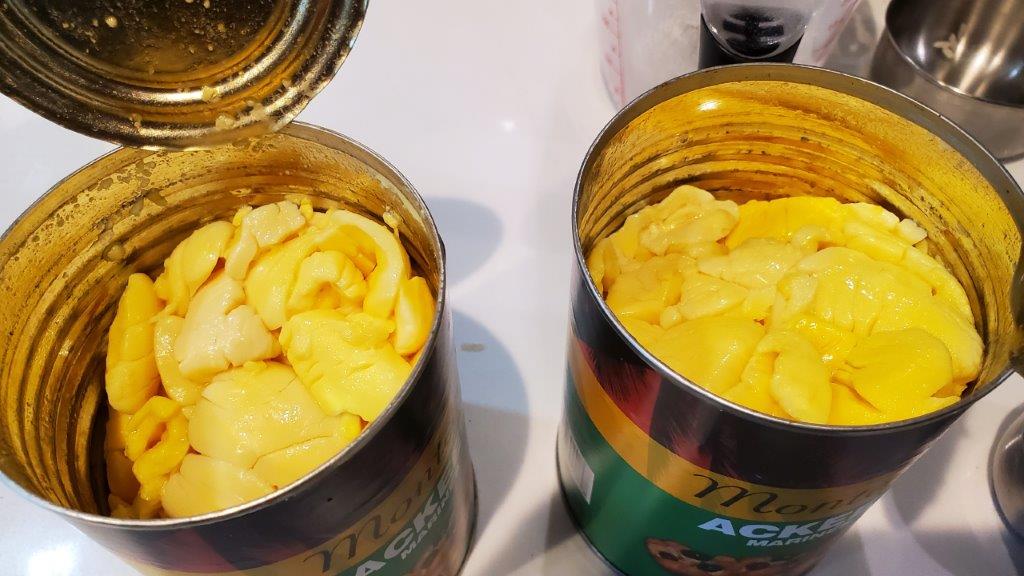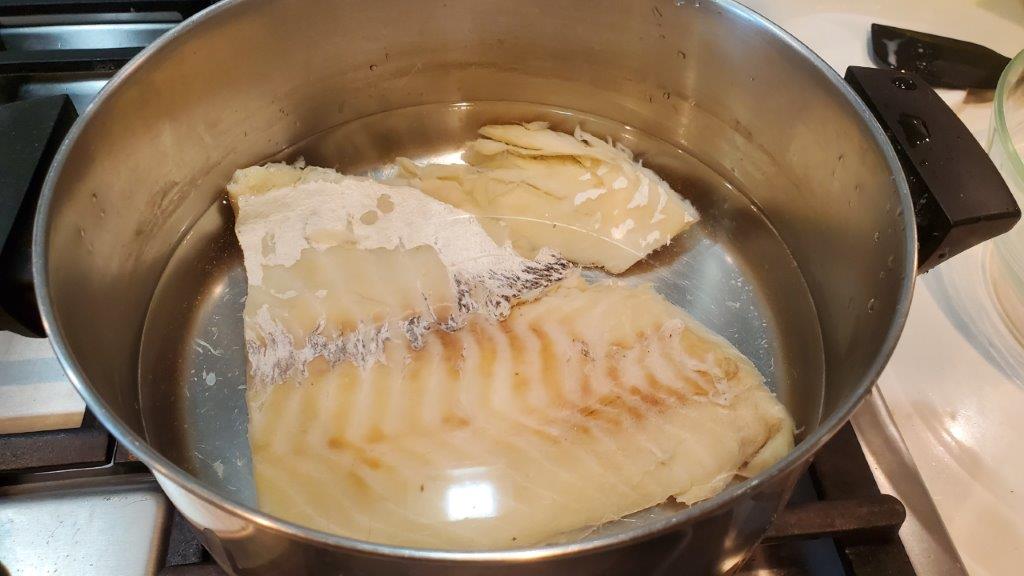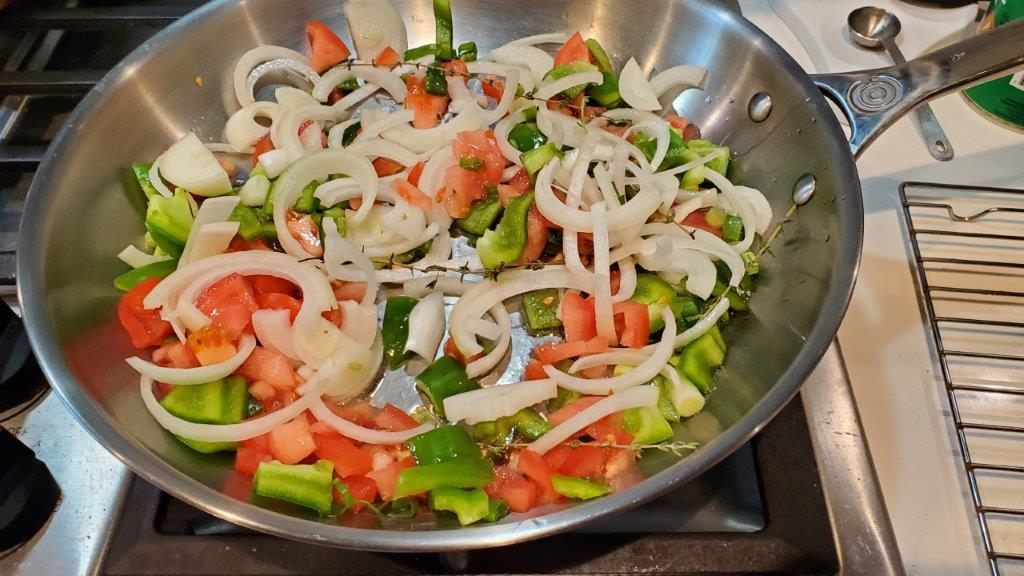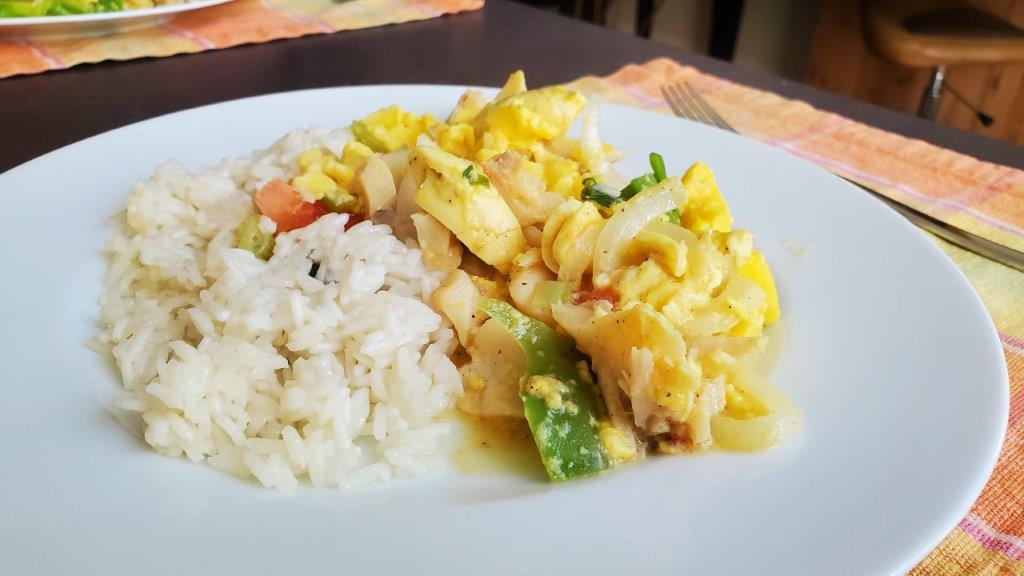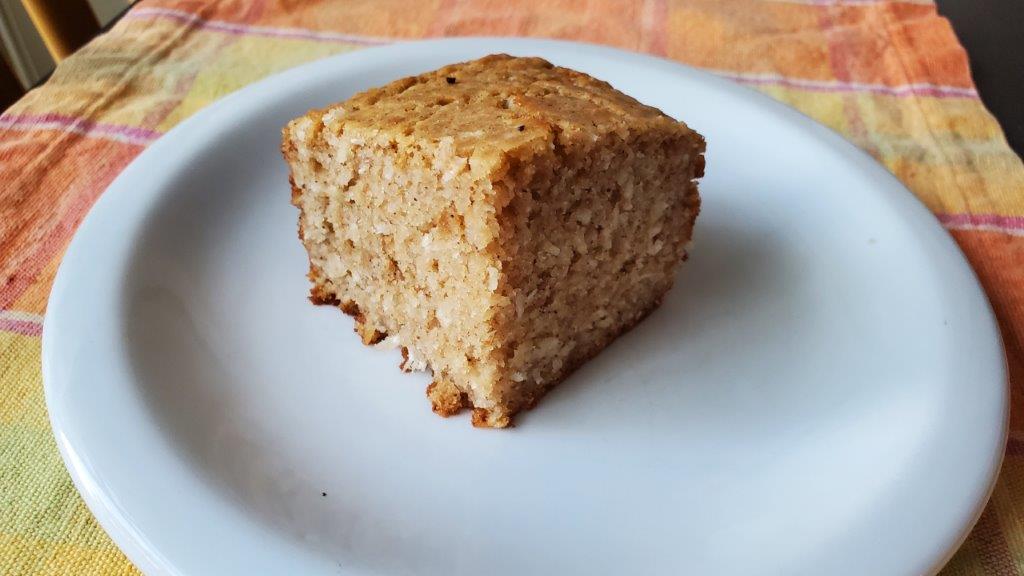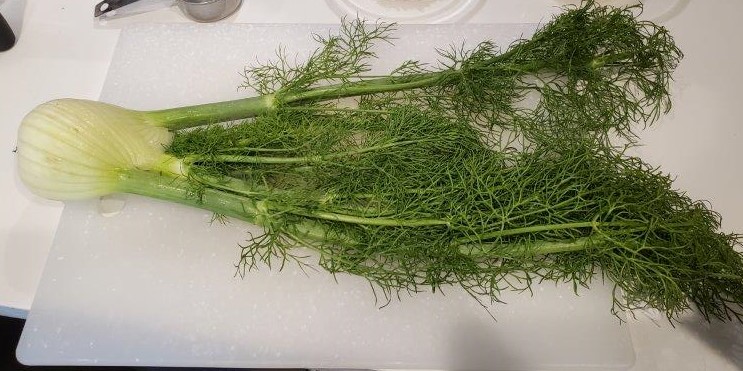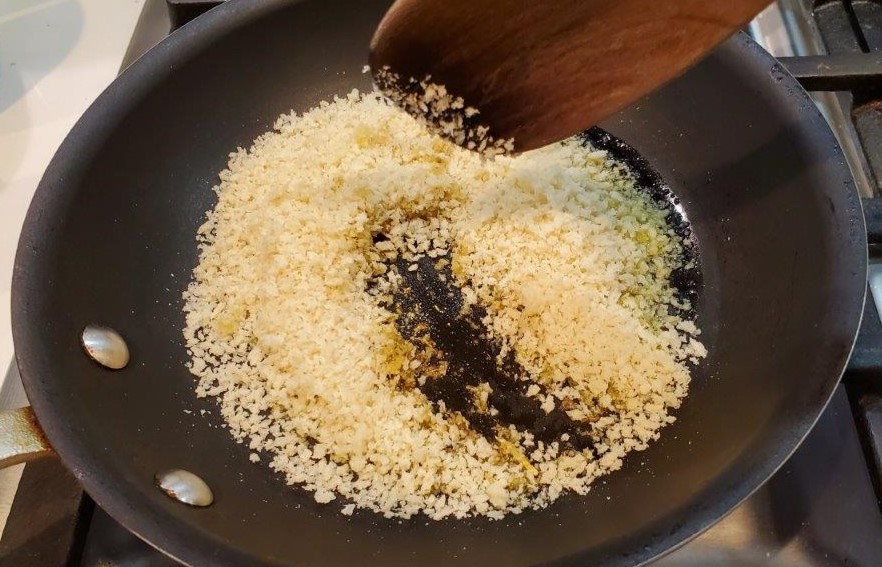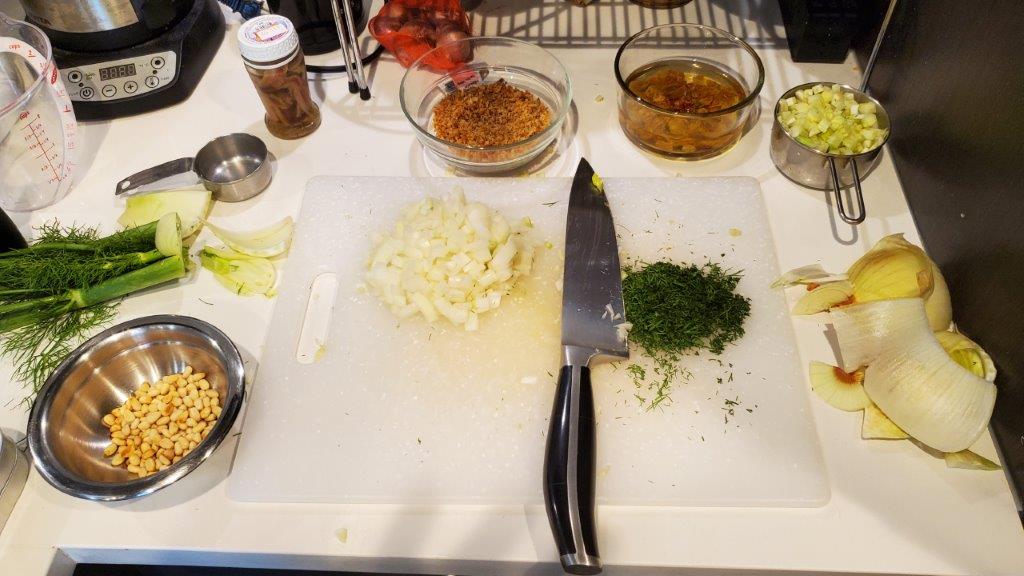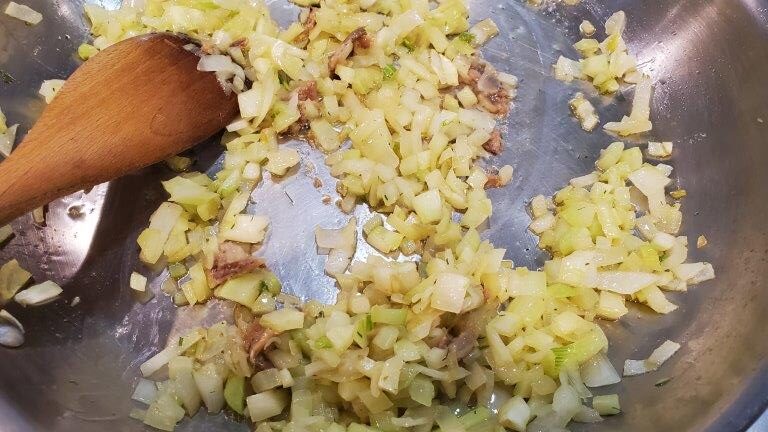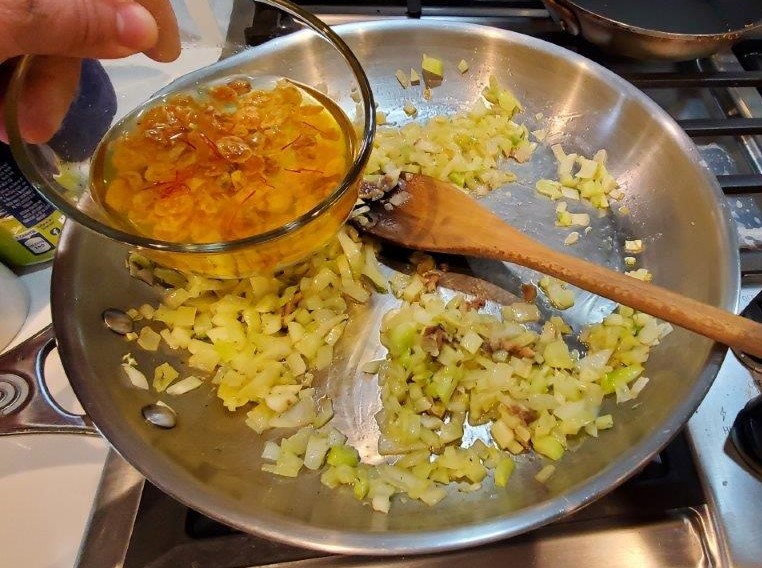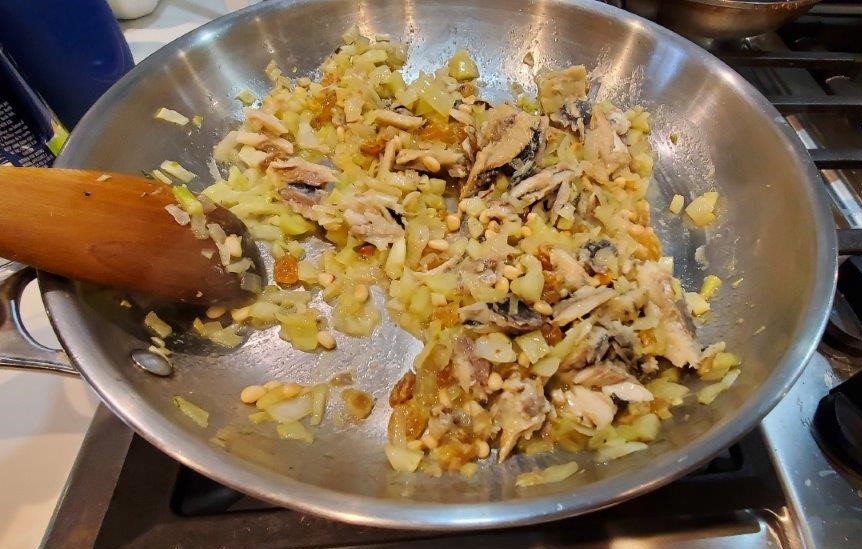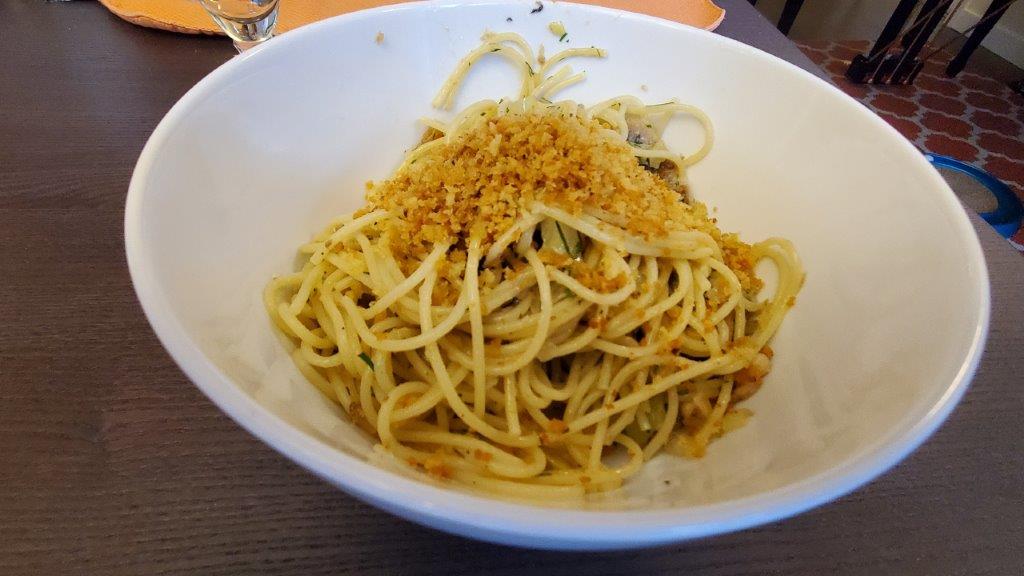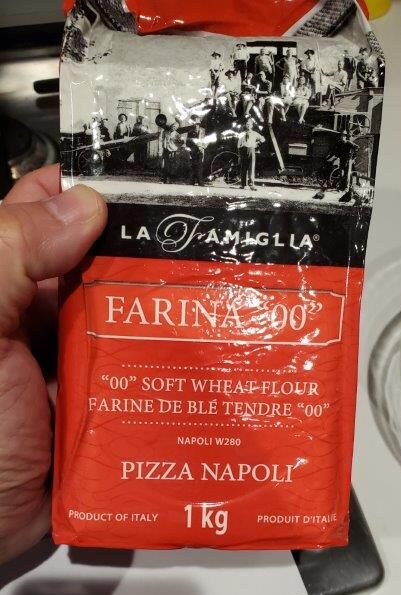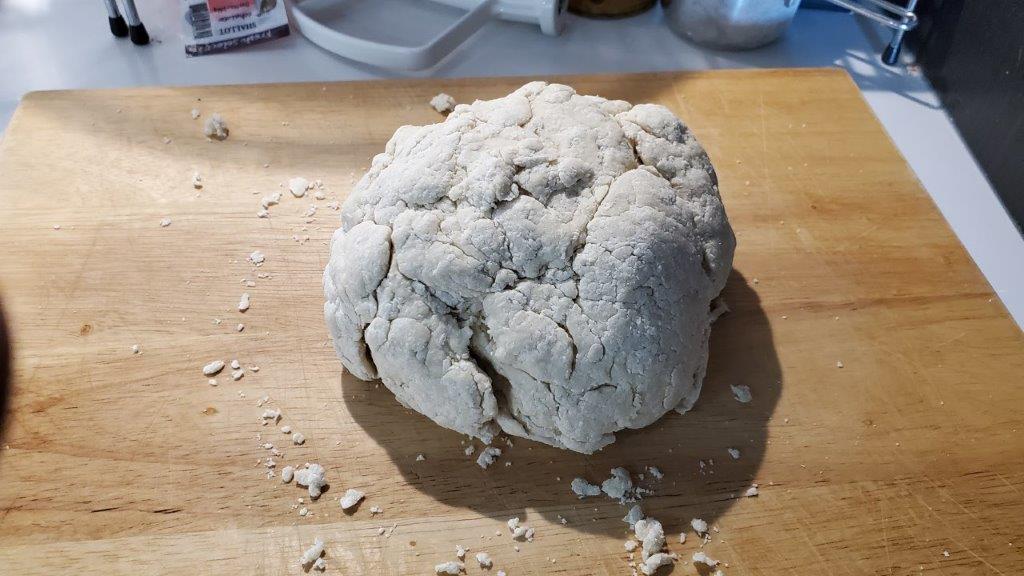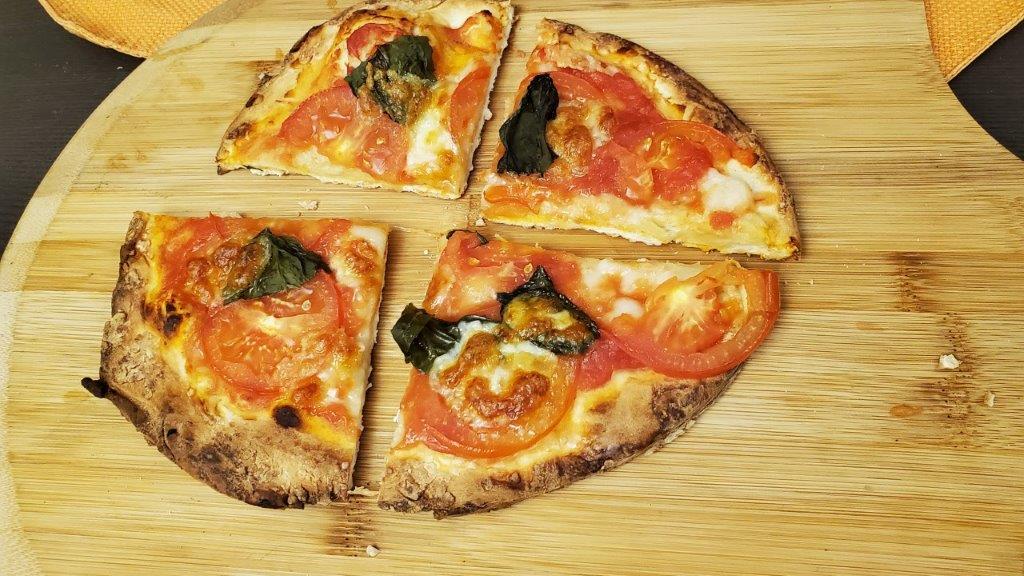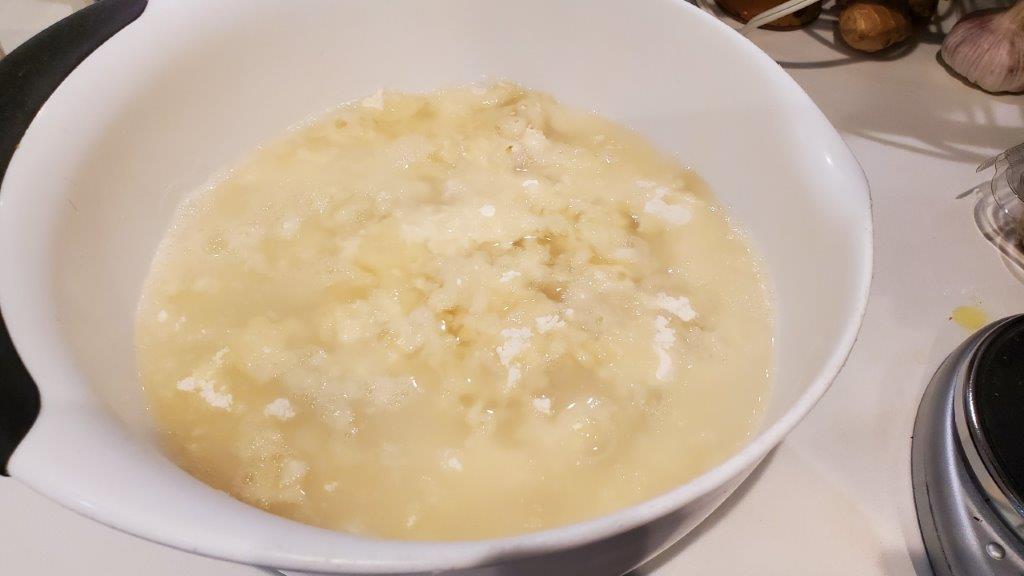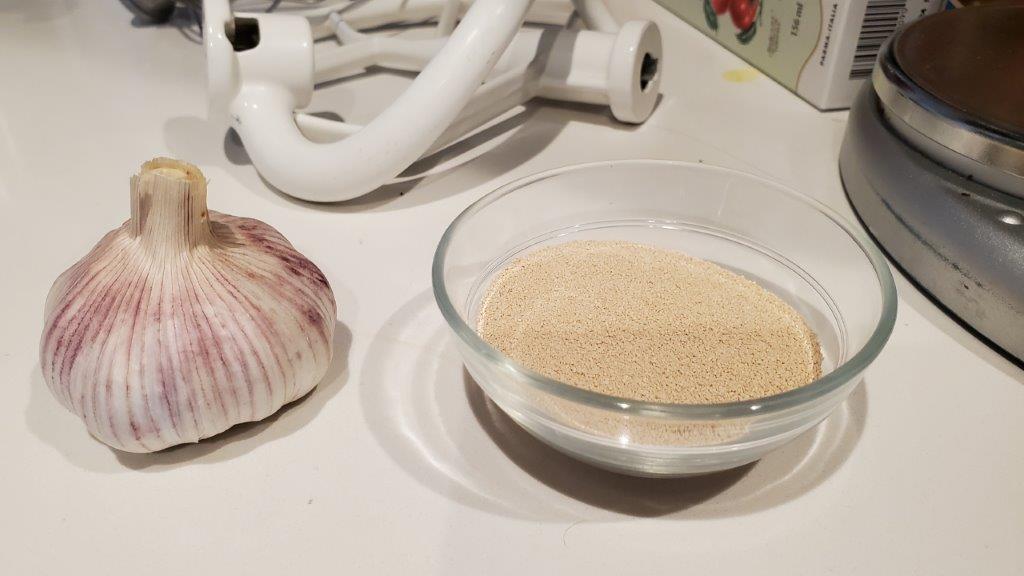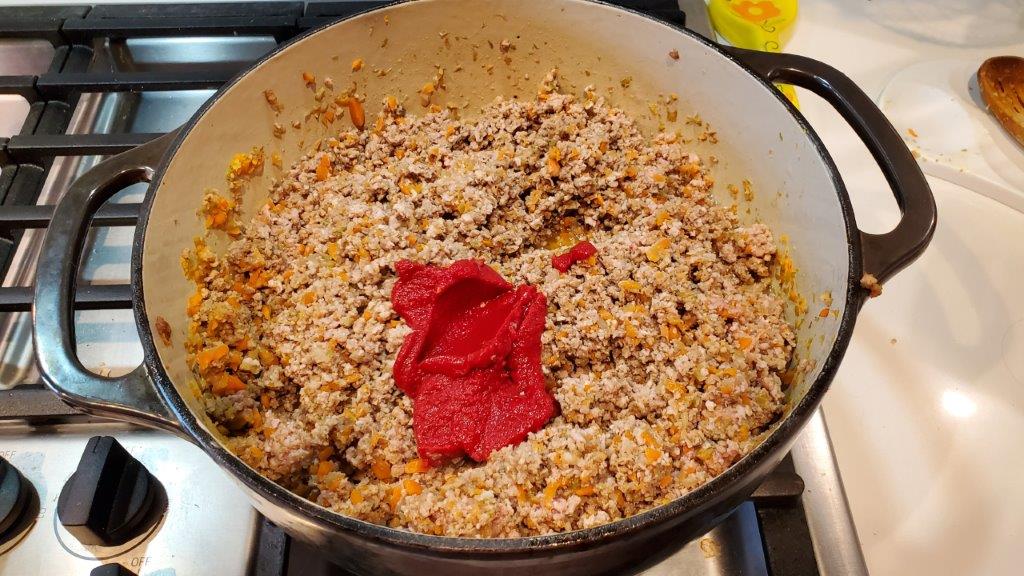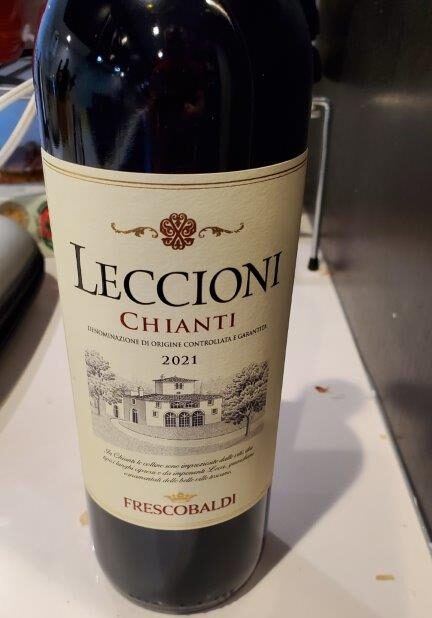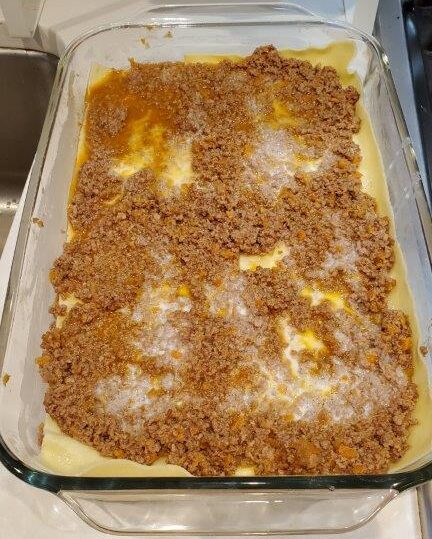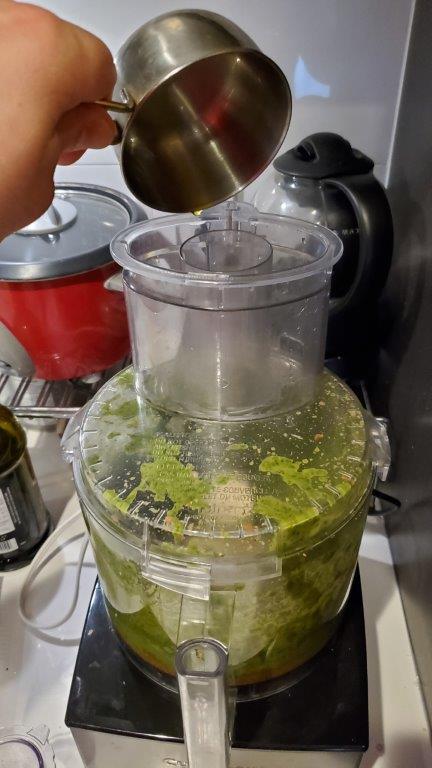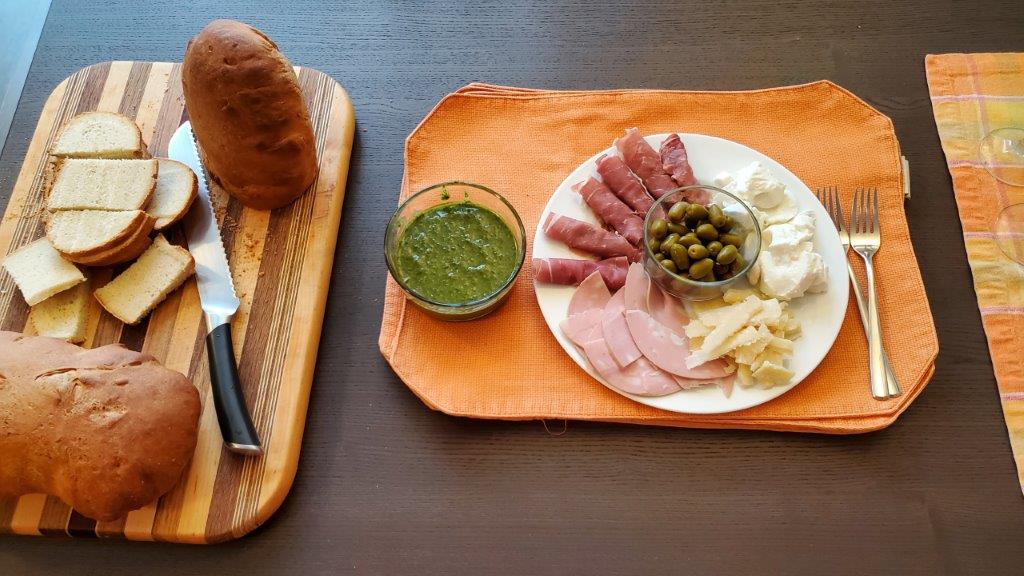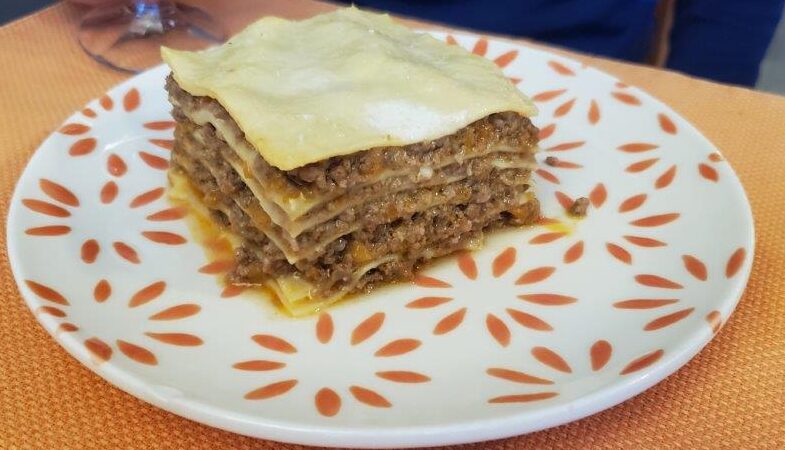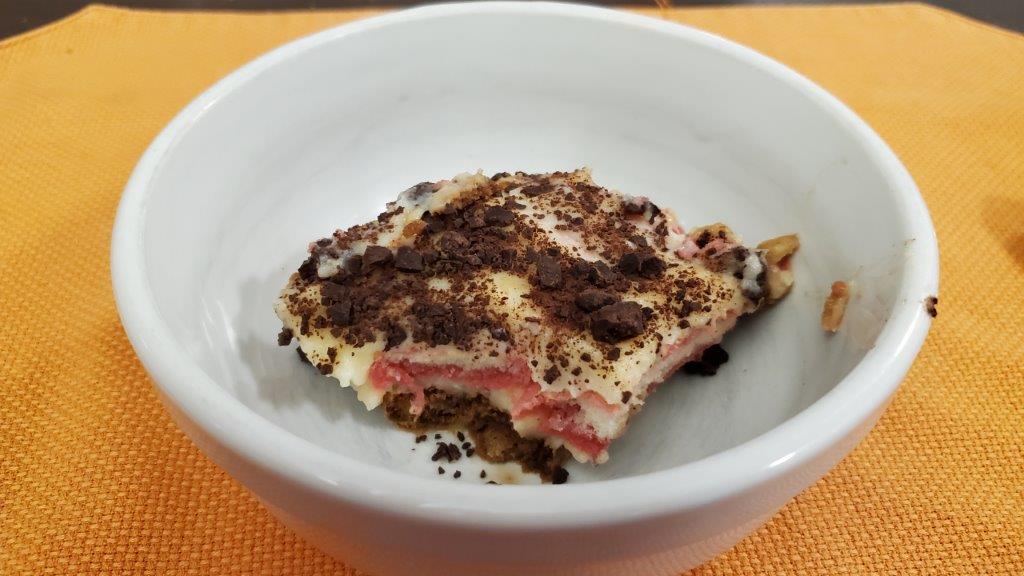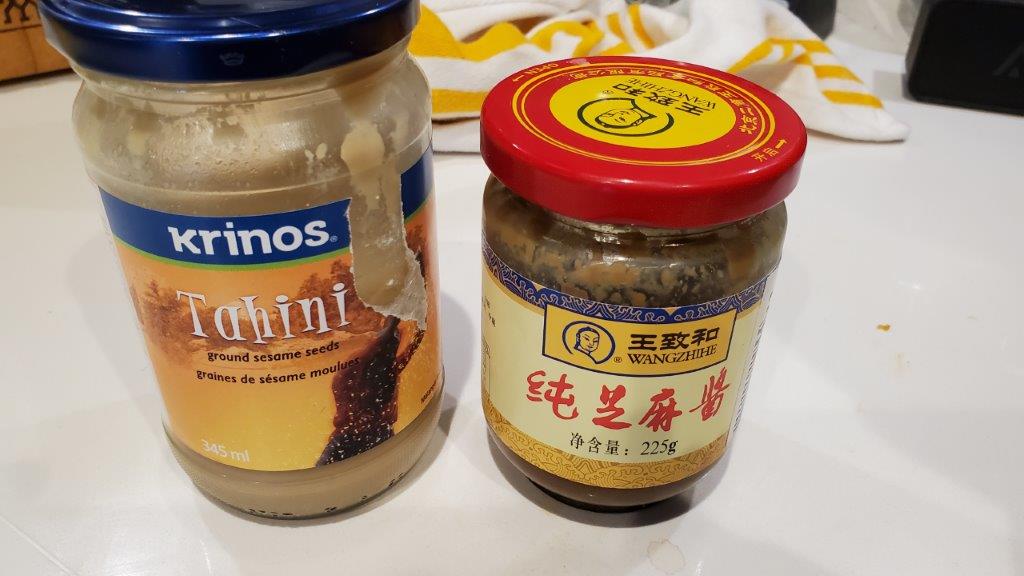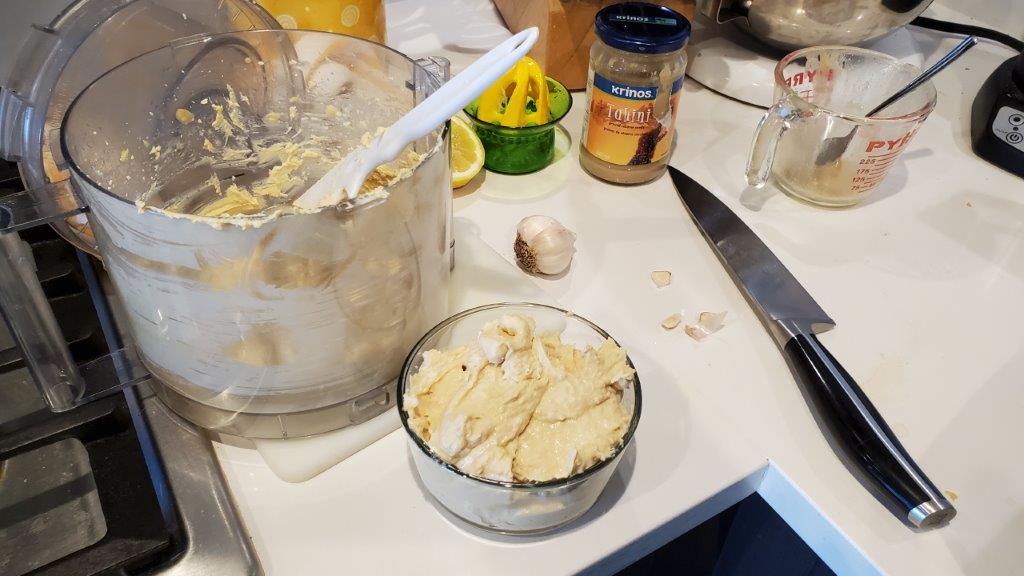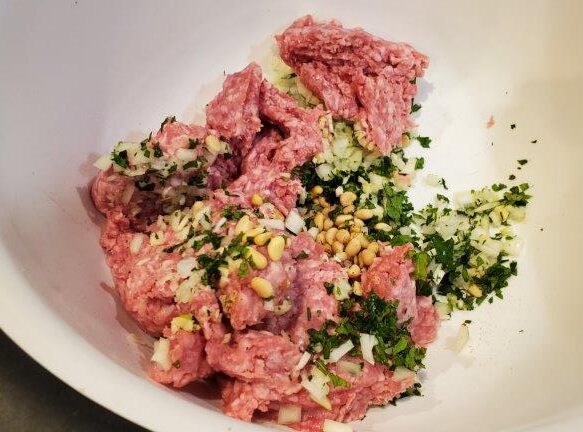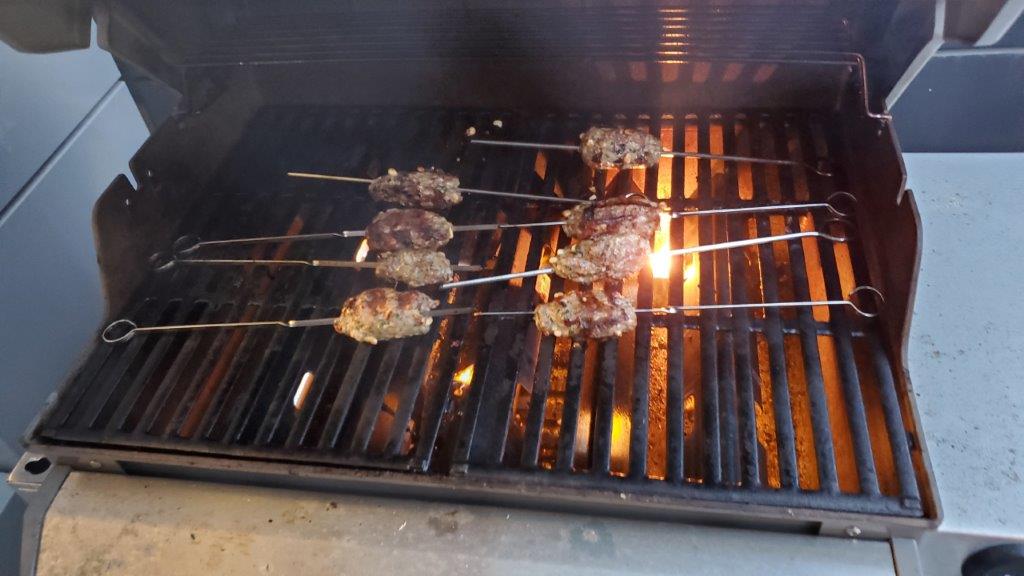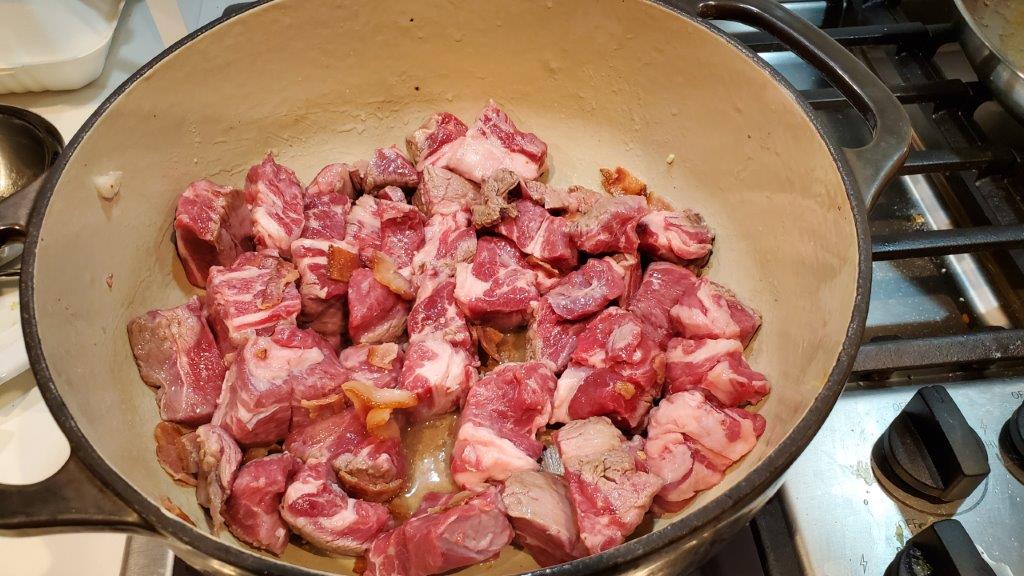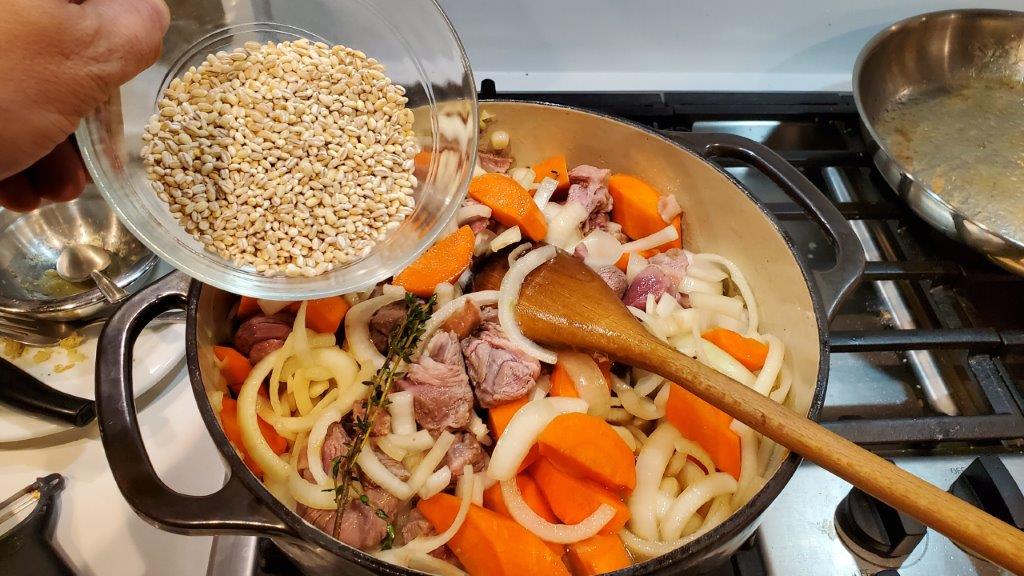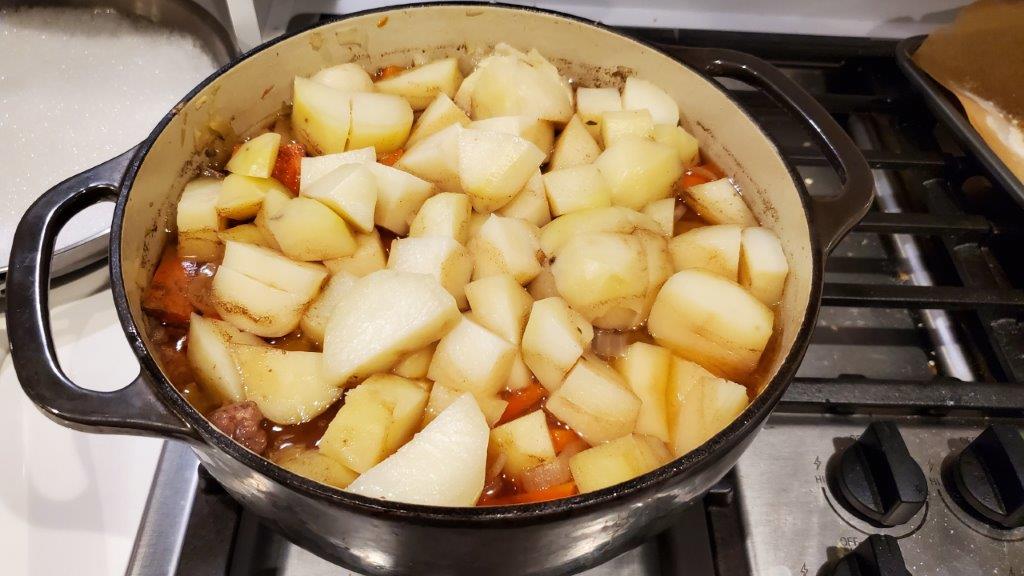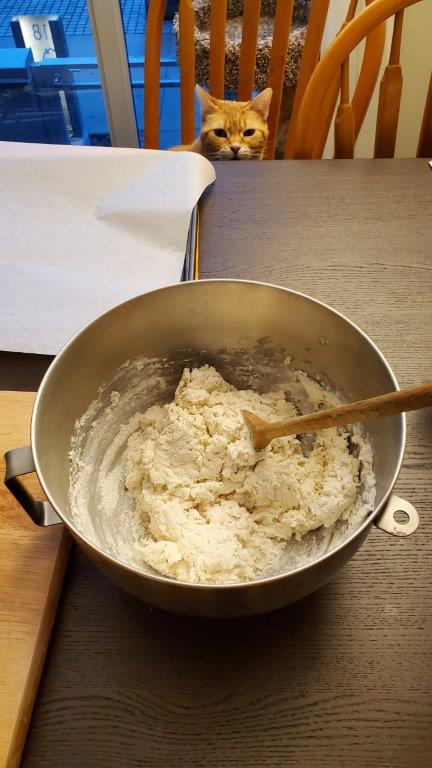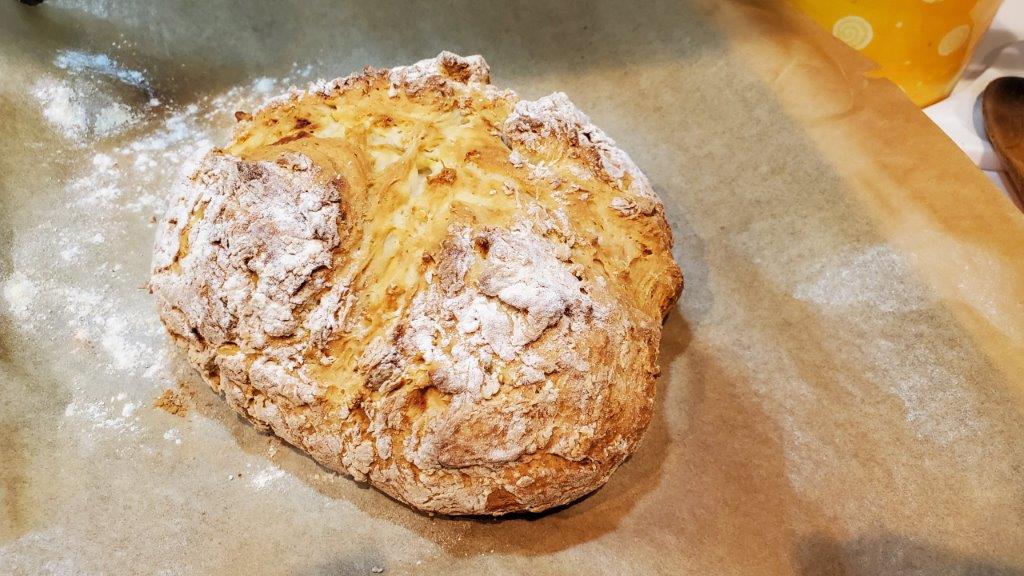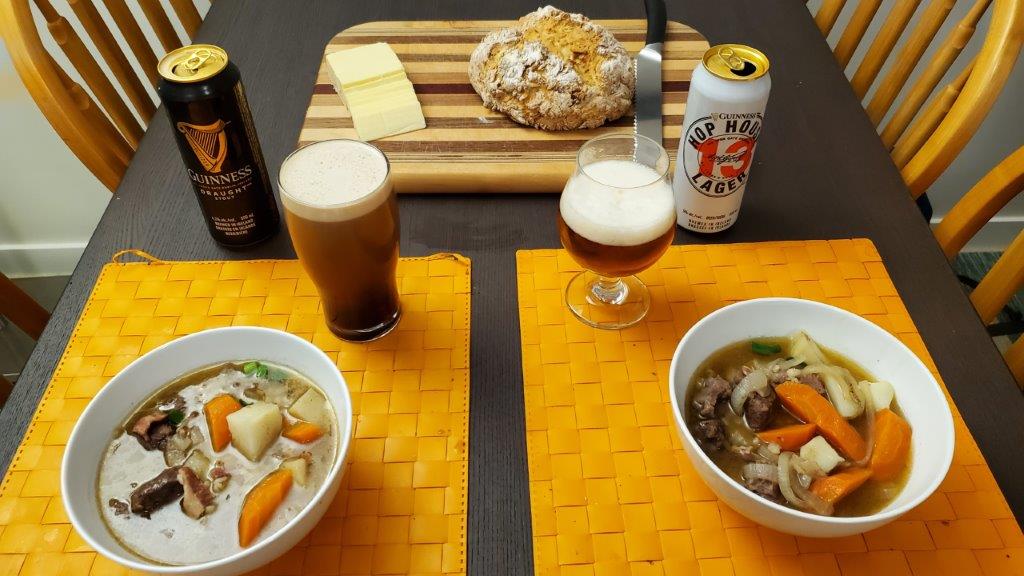If you were to Google “national dish of Japan,” what would you expect to find? Ramen? Sushi? Pocky? Nope. What tends to come back is “curry.” Now, obviously, “curry” is a word with easily hundreds of definitions around the world, but in Japan, it generally refers to this: (photo credit: Serious Eats)
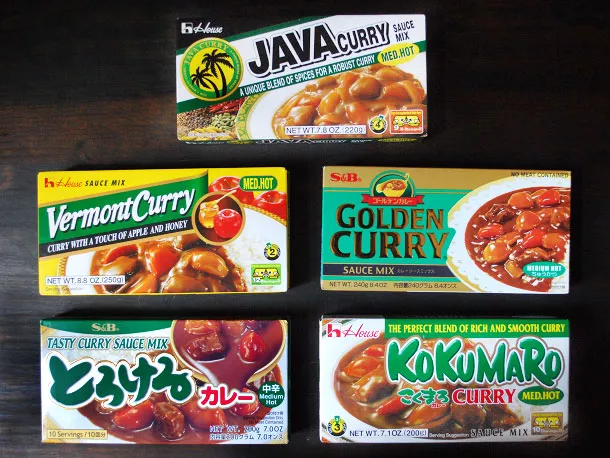
Japanese curry tends to be very sweet, very mild, and really only dates from the mid to late 19th century. We’re not making this.
Instead, we’re going to make some high-effort Tonkatsu ramen. (“Tonkatsu” by itself is a fried pork cutlet. “Tonkatsu Ramen” means a broth made with pork bones. I don’t know where the cutlet went in this etymology.)
As such, I biked over to Granville Island to start the process by seeing how many “misc” UPC tags I could induce the butcher to generate. I’ve mentioned the Granville Island Public Market before – it’s a combination tourist trap / actual useful market, like Lexington Market in Baltimore, the Reading Terminal Market in Philadelphia, or the West Side Market in Cleveland. Unlike those, however, it’s also located on a beautiful island on the water, so my bike ride home looked like this:

My appreciation of the view was SLIGHTLY tempered by the rock-hard, ice-cold pig foot digging into my back. The trouble with doing this by bicycle is that I had just purchased, in addition to the foot, a large bag of frozen bones (“misc”), a substantial quantity of frozen pork back fat (“misc”), and a slab of refrigerated, skin-on pork belly, (not “misc”) all of which had to go in the backpack for my ride home.
But only slightly tempered. I mean – LOOK at that view!
Once I got home, the actual ramenating was a process which would take several days. First off, we wanted to make a pork chashu topping, which involves a long cooking time and then an overnight chill in the fridge.
First, the skin is removed from the pork belly, and saved for later.
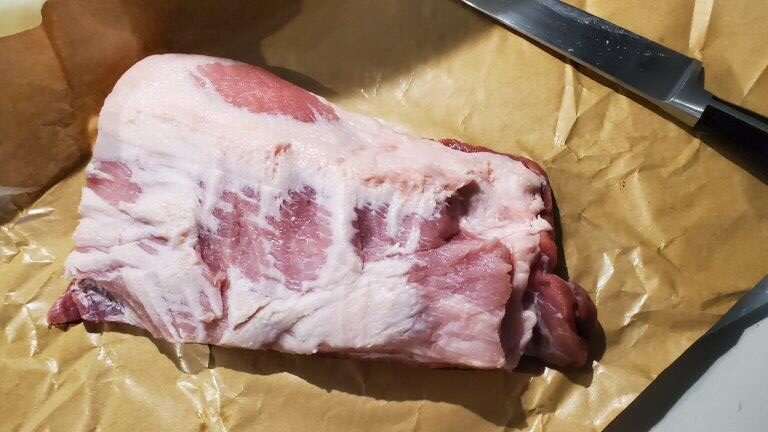
Next, a little cha-shibari, and it goes in a pot with soy sauce, sugar, and water, to simmer for 3 hours. (Photo was taken before the addition of the water)
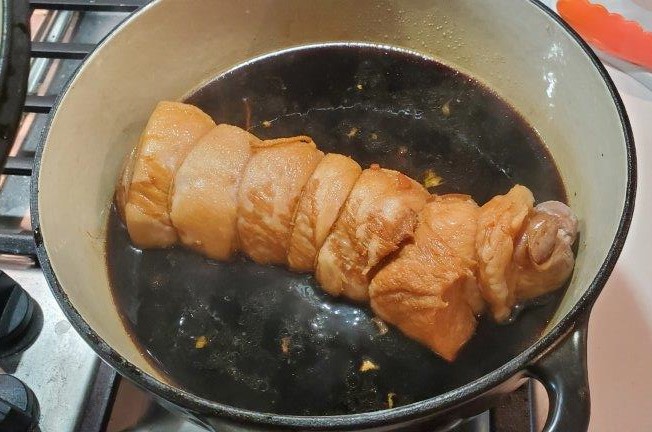
Finally it gets wrapped in plastic to set overnight.
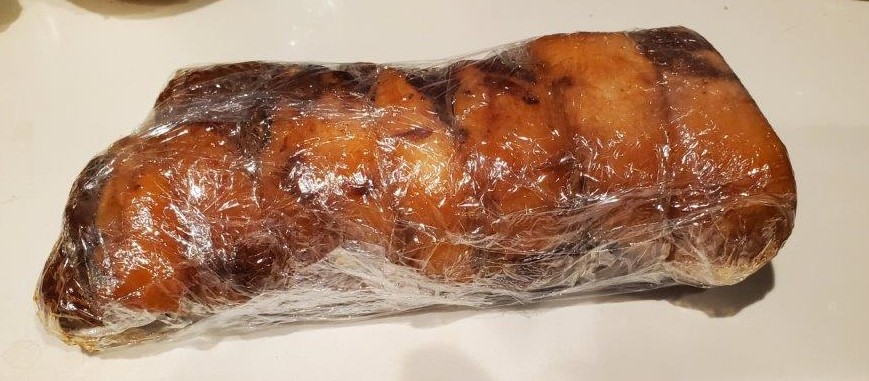
Now, since this makes WAY more chashu than we were going to need for two bowls of ramen, and we didn’t have time to make the broth the very next day, instead we decided to make Japanese curry out of a box. So yeah, I lied about not making that.

We tossed in some apples and corn. It was good! Definitely NOT our official “Japan meal for the blog” however.
For that we needed to make the broth, which was an all day process. Fortunately, Leigh generally works from home over the summer, so was able to babysit it during the day. To start, we boiled the bones and pig foot by themselves for about half an hour to get off the initial round of froth.
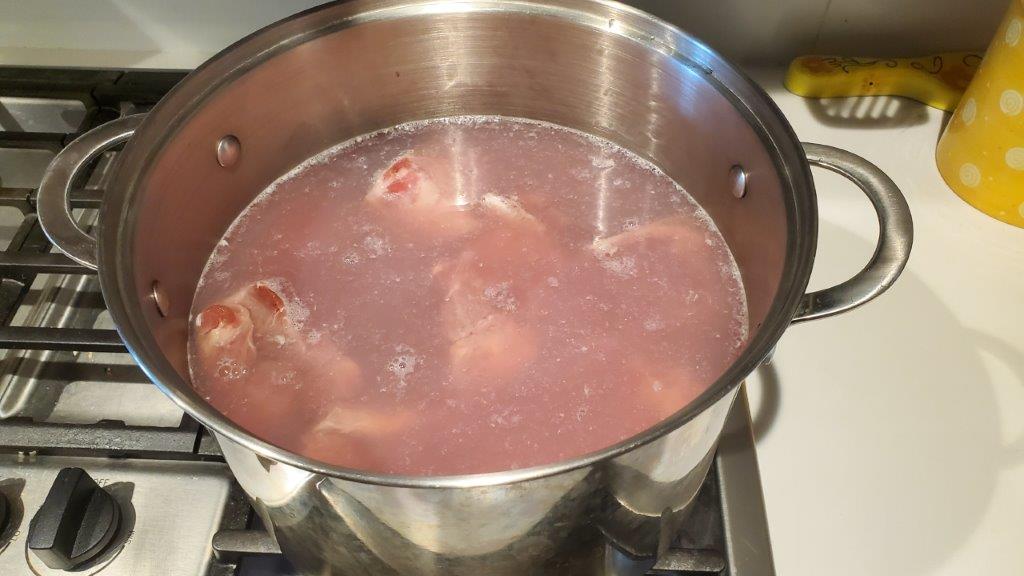
After half an hour, you remove the bones, strain the liquid carefully to get rid of solids, and then return the liquid to the pot. The bones and foot get washed, and then they go back in the pot as well. What else goes in the pot? The skin from the pork belly, the back fat, an apple, an onion, and some garlic and ginger.
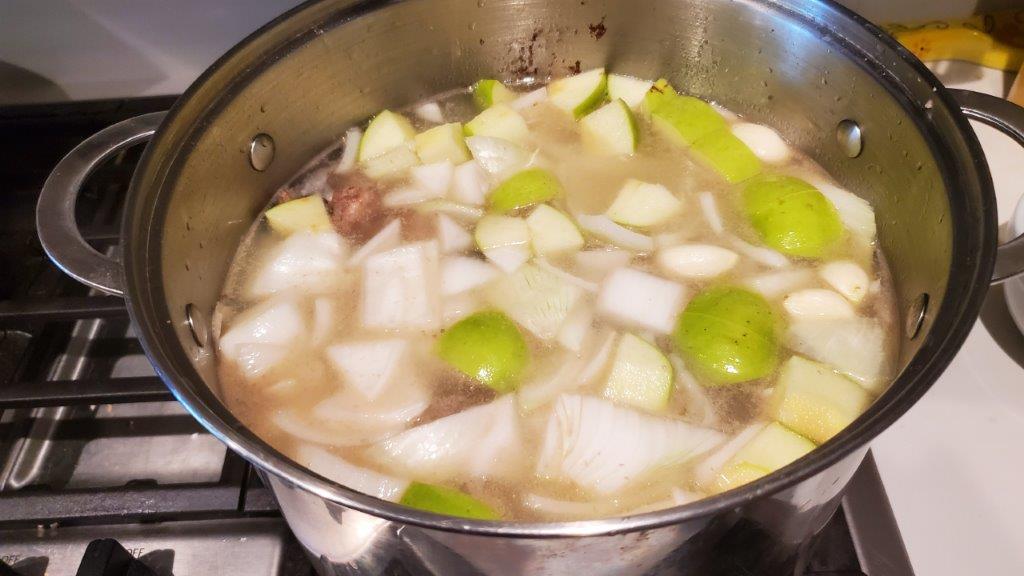
This is all going on at 7:30 in the morning, to be clear. At this point, I put on the heat and went to work. Over the course of the day, Leigh continued to skim off foam, and top up the water as needed. When I came home, the apartment smelled amazing.
Now, one of the things Tonkotsu broth is known for is its milky white color. The way you get that is by carefully removing the fat and skin, which are just barely still solid at this point, and giving them a whir in the blender.
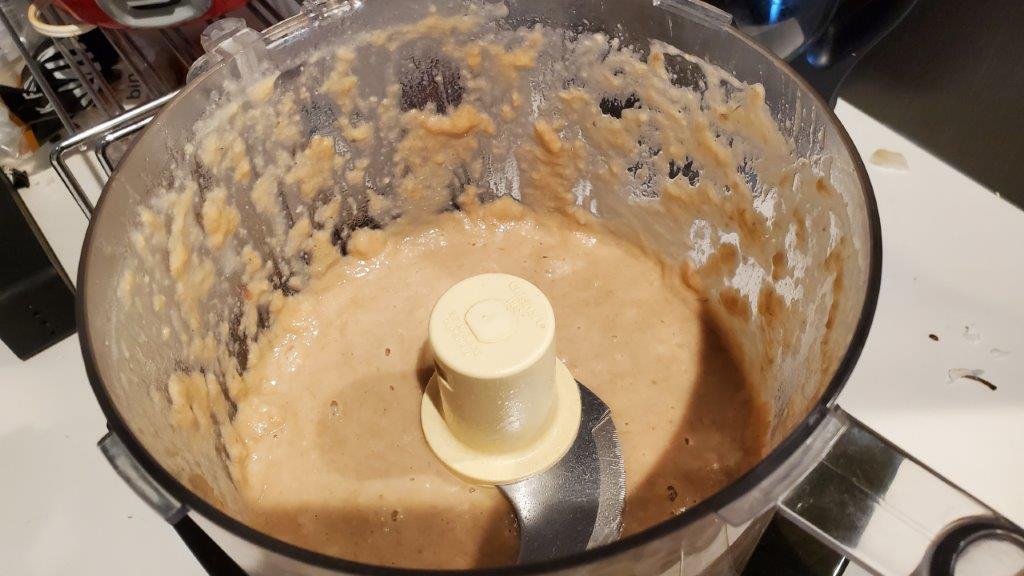
That gets returned to the pot.
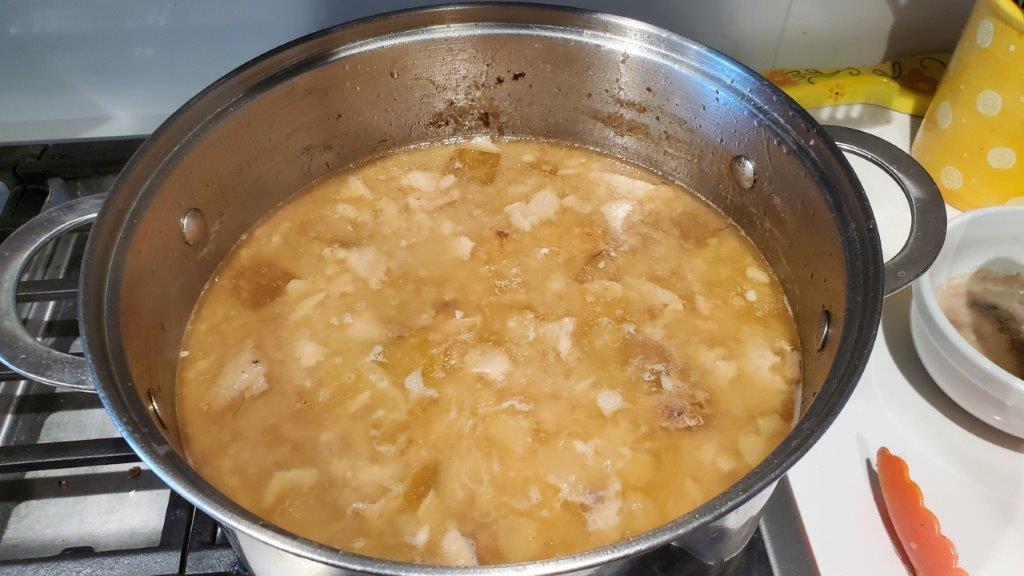
One thing this broth DOESN’T have in it is salt. A bowl of ramen consists of a number of parts. There’s broth, noodles, toppings, and tare. The last one is absolutely critical, as it contains a large part of the flavor of the broth, and ALL of the salt, which is absolutely necessary to bring out the taste of everything else. There are several types of tare, including soy tare, miso tare and shio tare.
We’ll be making the last one, which literally just means “salt tare”. Starting the night before, we soaked some konbu seaweed in water.
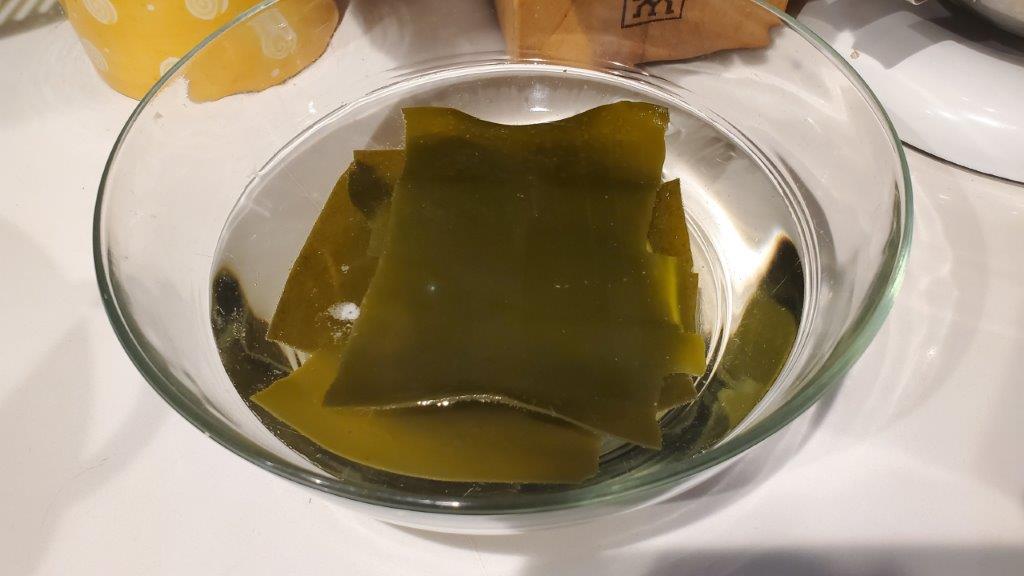
An hour or so before dinner, the konbu is joined a pot with the soaking liquid and a whole pile of dried fish flakes. (That’s flaked dried fish, not the things you feed to your pet goldfish.)
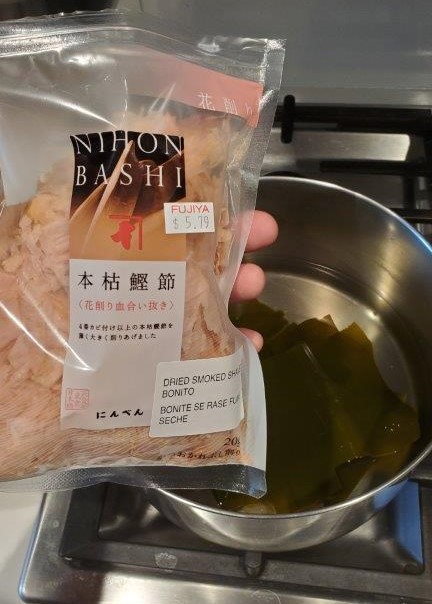
After that gets cooked down, the solids are discarded, and the liquid is blended with vinegar, sake, and soy sauce to make the final tare.
The one other topping we decided to make was some burned garlic oil. I’m used to trying to keep garlic THIS color:
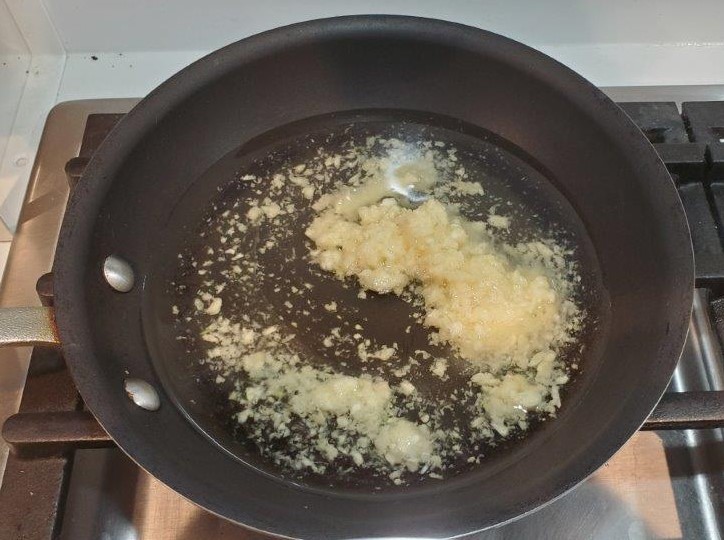
Nope – this recipe calls for THIS, and even a little past:

Our other toppings included chopped green onion and some pickled garlic. Here we are, ready for final assembly.
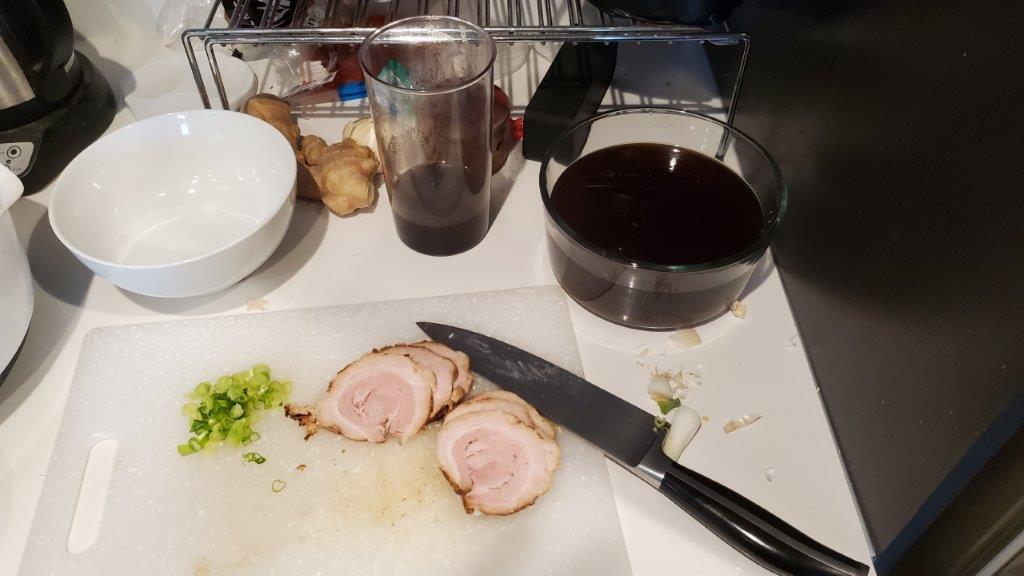
Clockwise from upper left – empty bowl, random hunk of ginger (not going into the ramen), garlic oil, bluetooth speaker (not going into the ramen), shio tare, a chef’s knife (DEFINITELY not going into the ramen), chashu pork, and green onion.
Oh, right – we boiled some noodles too. That took about two minutes. (These are technically soba noodles, but they were the best looking noodles at the Japanese grocer the day we went.)
And here’s the final product:
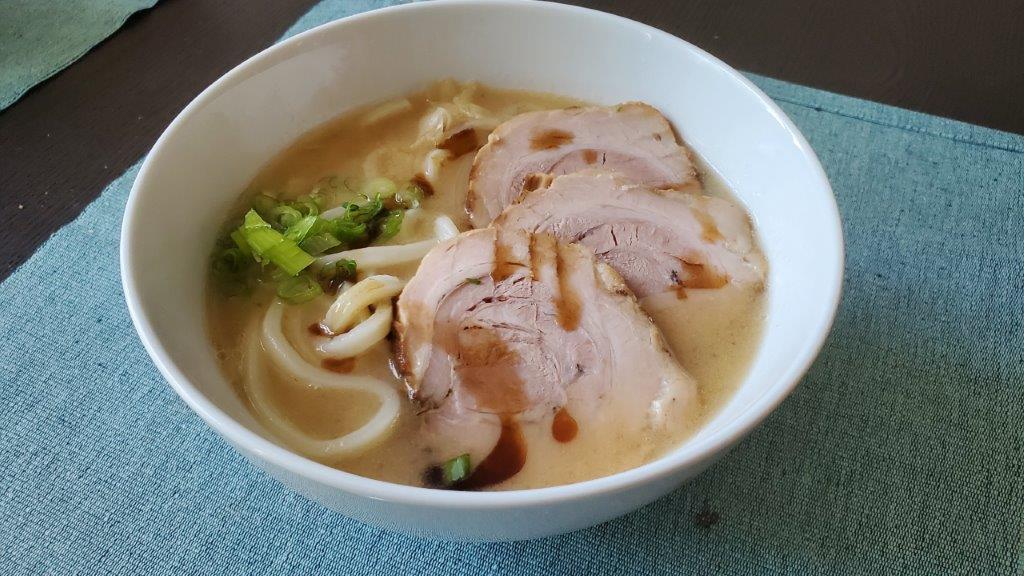
Whew! That was a lot of work! But LOOK at that result – the broth was beautifully milky, the chashu just dissolved into the hot broth, the ginger, onions, and garlic oil added some nice contrast, and the whole thing was just stunning.
Doing ramen the high effort was is a challenge, and makes me appreciate WHY restaurant ramen is so much better than our usual efforts at home. This was spectacular. Big thank you also to our friends for loaning us their cookbook. (Which does mean no recipes this time around, but if you want to get your own book, it’s this one.)
Next up, we’re going to be using this blog for it’s original purpose for a bit, because coincidentally enough, we’re off to Japan! Once we’re back, it’s on to the last “J” country – Jordan!


















